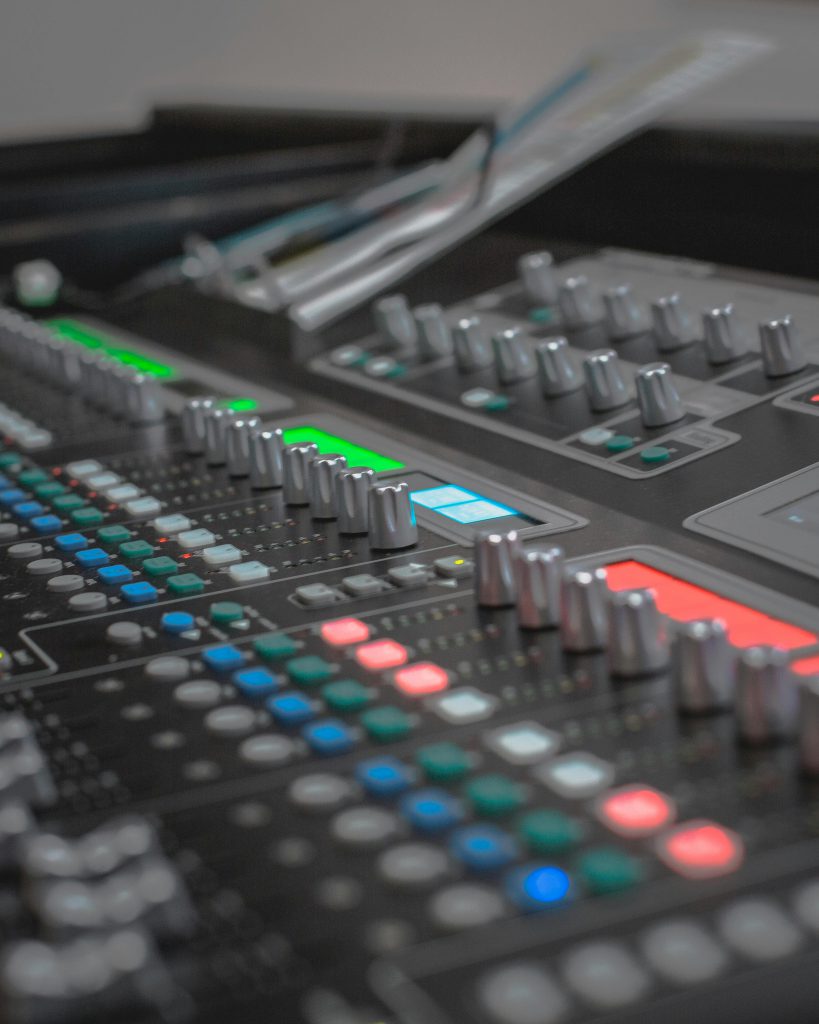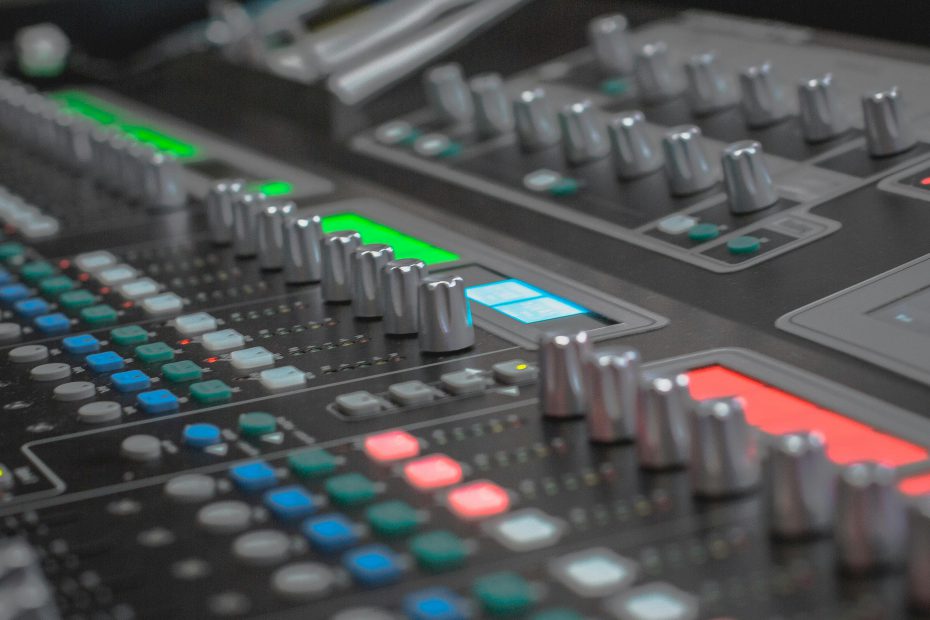Professional Class TD Amplifiers: A Closer Look
Class TD amplifiers have gained a strong foothold in the professional audio industry due to their innovative hybrid design and superior sound reproduction. Combining the best attributes of Class AB and Class D amplifiers, Class TD technology offers exceptional efficiency, lower heat dissipation, and premium audio fidelity. This article dives into the technical and practical aspects of Class TD amplifiers, their advantages, and their applications in professional audio systems.

What Are Class TD Amplifiers?
Understanding the Basics of Class TD Amplifiers
Class TD amplifiers are an advanced type of audio amplifier that blends the efficiency of Class D with the high-quality sound of Class AB. By integrating switching technology with traditional analog circuitry, these amplifiers deliver outstanding performance in demanding environments.
The “TD” in Class TD amplifiers stands for “Tracking Digital,” which refers to the way the amplifier dynamically adjusts its voltage rail to match the audio signal. This minimizes power wastage and ensures that the amplifier operates efficiently without compromising sound quality.
Key Features of Professional Class TD Amplifiers
High Efficiency
Class TD amplifiers achieve exceptional efficiency, similar to Class D amplifiers, by reducing power loss during operation. This not only saves energy but also reduces the need for large heatsinks, making the design more compact.
Superior Sound Quality
Thanks to the integration of Class AB circuitry, Class TD amplifiers deliver unparalleled sound quality, with low distortion and a clean signal response.
Reduced Heat Generation
By dynamically tracking the input signal and adjusting the power supply accordingly, Class TD amplifiers produce significantly less heat compared to traditional Class AB amplifiers.
Scalability and Versatility
Class TD amplifiers are highly scalable, making them suitable for a wide range of applications, from home theaters to large-scale professional audio setups.
Advantages of Class TD Amplifiers Over Other Amplifier Types
Enhanced Efficiency
Class TD amplifiers offer nearly the same efficiency as Class D amplifiers, which are known for their low energy consumption. This makes them an excellent choice for systems where efficiency is a priority.
Improved Sound Fidelity
Unlike Class D amplifiers, which can sometimes struggle with high-frequency distortion, Class TD amplifiers provide smooth and accurate sound reproduction across the frequency spectrum.
Compact Design
The reduced heat output allows for a more compact and lightweight design, making Class TD amplifiers ideal for portable or space-constrained setups.
Long-Term Durability
The combination of lower heat dissipation and advanced circuit design extends the lifespan of Class TD amplifiers, making them a reliable investment for professional audio applications.
Applications of Professional Class TD Amplifiers
Live Sound Reinforcement
Class TD amplifiers are widely used in live sound systems due to their ability to deliver high power levels while maintaining sound clarity and reliability.
Examples:
- Concerts and music festivals.
- Large-scale event venues.
Studio Monitoring
In professional recording studios, accurate sound reproduction is crucial. Class TD amplifiers provide the fidelity required for critical listening and mixing tasks.
Home Audio Systems
For audiophiles seeking the best sound quality at home, Class TD amplifiers are an excellent choice. They deliver powerful, clean audio while maintaining a compact and efficient design.
Commercial Audio Installations
Class TD amplifiers are commonly used in commercial settings such as conference rooms, auditoriums, and retail spaces due to their efficiency and scalability.
Technical Innovations in Class TD Amplifiers
Dynamic Rail Tracking
One of the key innovations in Class TD amplifiers is their dynamic rail tracking capability. By adjusting the power supply voltage in real time, the amplifier minimizes energy loss and reduces heat output without compromising sound quality.
Advanced Circuit Design
Modern Class TD amplifiers use cutting-edge circuit designs to further reduce distortion and improve overall performance. These designs often include:
- High-speed switching transistors.
- Enhanced filtering systems for cleaner sound.
- Robust protection circuits to prevent damage from overloads or short circuits.
Digital Signal Processing (DSP) Integration
Many Class TD amplifiers now include built-in DSP capabilities, allowing for precise control over audio parameters such as equalization, crossover settings, and delay adjustments.
Challenges and Solutions in Class TD Amplifier Design
Minimizing Crossover Distortion
Crossover distortion can occur in amplifiers that combine different classes of operation. However, advancements in circuit design and feedback systems have largely mitigated this issue in Class TD amplifiers.
Improving Low-Frequency Performance
Early Class TD amplifiers sometimes struggled with low-frequency performance. Modern designs use high-quality components and optimized circuits to ensure deep and accurate bass reproduction.
Comparing Class TD Amplifiers to Other Technologies
Class AB Amplifiers
- Advantages: Excellent sound quality.
- Disadvantages: Lower efficiency and higher heat production.
- Comparison: Class TD amplifiers maintain the sound quality of Class AB while offering higher efficiency and reduced heat output.
Class D Amplifiers
- Advantages: Exceptional efficiency and compact size.
- Disadvantages: Potential high-frequency distortion.
- Comparison: Class TD amplifiers offer similar efficiency with better sound fidelity.
Class G and Class H Amplifiers
- Advantages: Improved efficiency over Class AB.
- Disadvantages: Complexity in design.
- Comparison: Class TD amplifiers provide a simpler, more versatile solution with comparable performance.
How to Choose the Right Class TD Amplifier
Assess Your Power Needs
Determine the power output required for your specific application. For large venues, opt for high-power models, while smaller setups may benefit from more compact designs.
Check Audio Specifications
Evaluate key specifications such as:
- Total harmonic distortion (THD).
- Signal-to-noise ratio (SNR).
- Frequency response range.
Consider the Application
Ensure the amplifier is suited for its intended use, whether it’s for professional live sound, studio monitoring, or home audio systems.
Future Trends in Class TD Amplifiers
Integration with Smart Technology
As the audio industry moves toward smart and connected devices, Class TD amplifiers are expected to feature more advanced control options, such as app-based management and voice-activated commands.
Eco-Friendly Designs
Manufacturers are exploring ways to make Class TD amplifiers more sustainable by using recyclable materials and optimizing energy efficiency.
Enhanced DSP Capabilities
Future Class TD amplifiers will likely include more sophisticated DSP features, enabling even greater customization and control over audio performance.
Professional Class TD amplifiers represent a remarkable evolution in audio technology, combining the best features of Class AB and Class D amplifiers. With their high efficiency, superior sound quality, and versatile applications, they are an excellent choice for a wide range of audio systems.
Whether you’re designing a home theater, setting up a live sound system, or upgrading your studio equipment, Class TD amplifiers offer the performance and reliability you need. As the technology continues to advance, Class TD amplifiers are poised to remain a cornerstone of professional audio solutions, delivering exceptional sound quality for years to come.
Invest in a Class TD amplifier today and experience the perfect blend of efficiency and fidelity.
